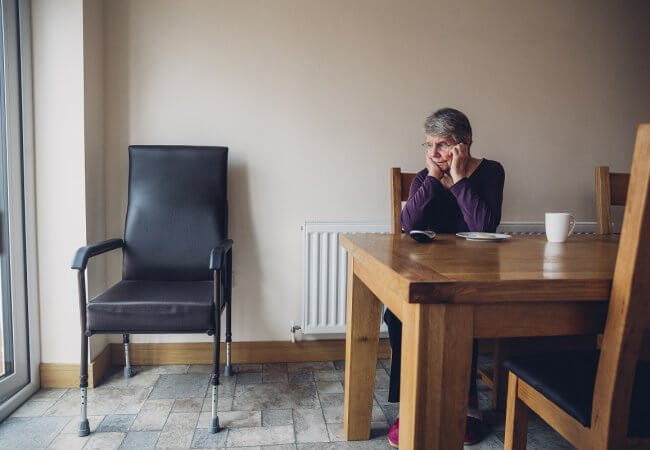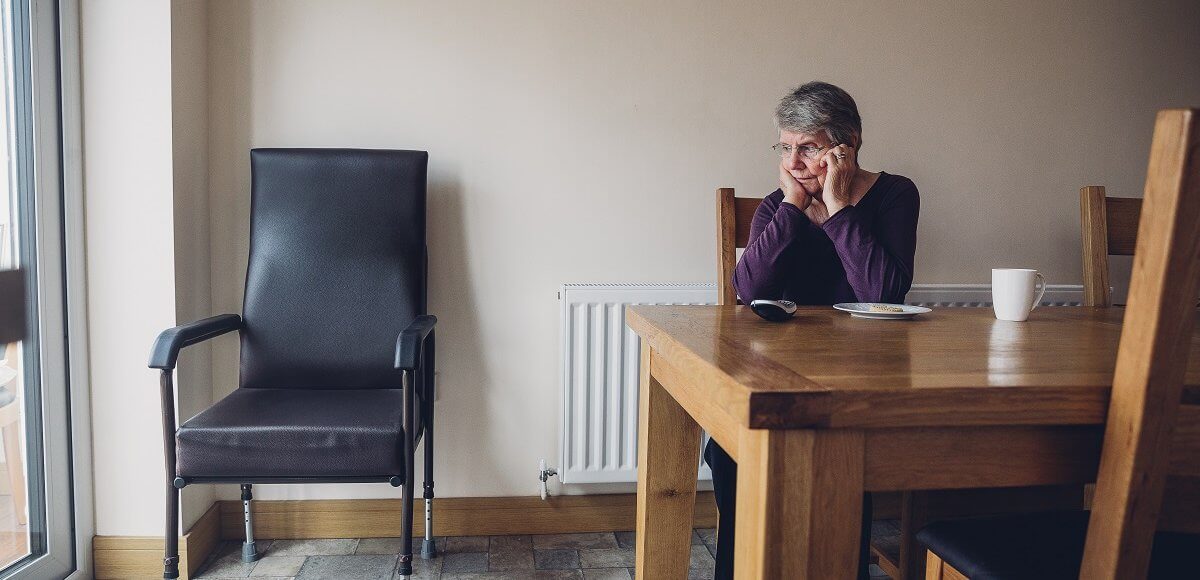
Mar 20, 2018
From Struggling Against Hunger to Fighting It: One Doctor’s Story
This is a guest blog by Robin Dickinson, M.D. Dr. Dickinson is a family physician at Community Supported Family Medicine, a safety-net clinic in Englewood, Colo.
Having experienced poverty as a child, one of my goals in becoming a physician was to help other families in need. Another was to never have to live with hunger again.
Five years ago, when my son was almost four years old and my daughter just seven months old, I suffered a tear of an artery in my neck (known as a vertebral artery dissection) that caused multiple small strokes. While I was blessedly spared any cognitive effects from the strokes, I was constantly dizzy and completely exhausted.
I couldn’t physically manage the work of caring for our two small children, so my husband cared for all three of us. As the sole income for my family of four, my inability to work a full schedule while recovering meant we were unable to afford medical care or healthy food at a time when we needed them the most.
I needed to get back to work, but when I did, I struggled to see patients for an hour at a time before needing a nap. It was a strange time for me. I still looked like a physician and talked like a physician and worked as a physician, and yet, simultaneously, we were running out of food.
You cannot tell from outward appearances who is and isn’t food insecure. Many people have reasons for hiding their true situation, ranging from social embarrassment to not wanting to admit weakness at work, or even a fear that they will lose respect due to cultural myths about food insecurity.
Food insecurity worsens existing disease and increases the risk of poor health. Those struggling with food insecurity may be forced to make tradeoffs between food and medicine or other basic necessities. To improve patient health, it is essential to screen for food insecurity to identify at-risk patients, and then connect those patients to nutrition programs like SNAP and to emergency food providers.
Any change in life circumstance can increase food insecurity. One of my patients with newly diagnosed diabetes was paying for medications, lab work and doctor visits at the same time as he was removing inexpensive carbs from his diet and replacing them with more costly whole foods. Suddenly, he was faced with the choice of buying medication or buying food.
Physicians know the importance of screening everyone in a risk category, regardless of how they appear. For example, I don’t decide that someone doesn’t look like a smoker and therefore don’t ask about their tobacco habits. What’s interesting is that health care clinicians already ask patients so many personal questions, yet often feel uncomfortable or unprepared to talk about food insecurity.
That is one reason I am so excited about “Screen & Intervene: Addressing Food Insecurity Among Older Adults,” a new course created by the Food Research & Action Center (FRAC) and AARP Foundation. Health care providers and community-based partners can learn how to screen adults age 50 and older for food insecurity and connect them to key nutrition resources. Although the course focuses on older adults, much of the information and many of the strategies are relevant across the lifespan.
Those taking the free, hour-long course will learn how to:
- Define food insecurity.
- Identify the risk factors for food insecurity among older adults.
- Identify the negative health outcomes that food-insecure patients may face.
- Use the Hunger Vital Sign™ screening tool.
- Connect individuals to the Supplemental Nutrition Assistance Program (SNAP), other nutrition resources and community partners.
The course also includes a number of free, downloadable resources, including posters and charts that are ready to use in clinical settings. For anyone in a position to screen and refer patients to needed resources, I encourage you to take the course so food insecurity can be addressed more effectively and in more health care settings across the nation.
Note: Health care providers who take this free, one-hour course can earn 1 AMA PRA Category 1 Credit of Continuing Medical Education (CME). Learn more and take the course.
FRAC and AARP Foundation would like to thank Dr. Dickinson and Kaiser Permanente for permission to include a video featuring Dr. Dickinson in the course.

